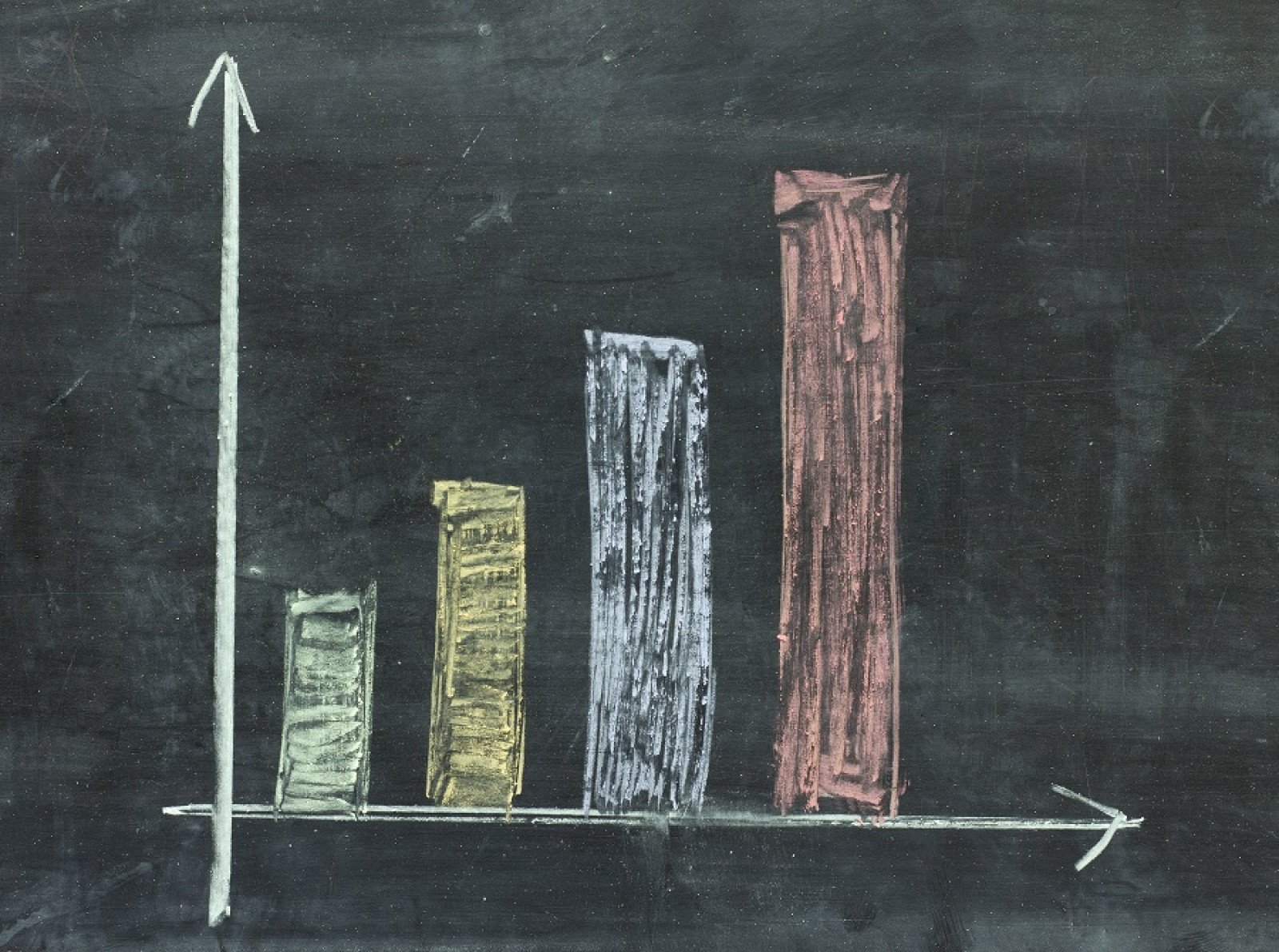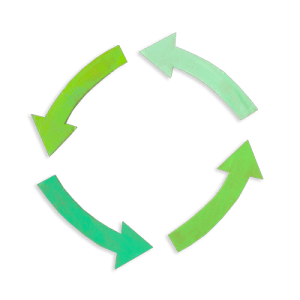Best way to show what we see and think
Learn how to choose the best way to show what you see and think in tables, graphs, and pictographs.

Overview
In this activity, students will use the criteria and a thinking strategy to identify effective representations. While this activity uses examples related to water conservation, any science concept, phenomenon, or content could be used to help nurture the competency of processing and analyzing data and information.
Instructions
What you'll need
- “What’s the best way to show what we see and think?” slideshow
- “Rating effective representations” worksheet
- “Assessing my ability to make effective representations” rubric
- Digital projector and screen
- Open up and display the “What’s the best way to show what we see and think?” slideshow. Ask your students to suggest the different ways we can represent information (pie graph, pictograph, bar graph). Discuss why it is helpful to use representations to show information.
- Show slide 2. Ask your students to think about how they would show this information. Then, show slide 3 with three different representations. Ask the students, “Which one is the most effective representation?” Place three pieces of chart paper, one for each representation, in different areas of the classroom. Have your students stand by the representation they think is the most effective. In these groups, have students discuss why their choice is most effective and why, and then share with the class. Record student thinking on the chart paper.
- Invite your students to now use their thinking to co-create or present to them the following criteria for effectively showing or representing our thinking. An effective representation:
- Is easy to understand
- Is accurate
- Matches the purpose
- Now ask students to think about their initial decision and apply the criteria for an effective representation. Would they change their decision or keep it the same?
- Explain to students that they are going to now practice using the criteria to identify effective representations. Organize students into groups of 2 or 3. Provide each student with a copy of the “Rating effective representations” worksheet. This worksheet can be used by students for other contexts as well.
- Ask groups to decide which of the two representations in the worksheet is the most effective. Encourage students to work collaboratively as they apply the criteria to make their decision.
- Invite groups to share their thinking with the class. Which representation was the most effective? Show slide 4 (representation #1) and discuss why this representation was or was not effective. Show slide 5 (representation #2) and do the same.
- Ask students to suggest what changes they would make to the least effective representation to make it better.
- Conclude the activity by inviting your students to discuss where else these thinking tools, especially the criteria, might be useful.
Modify or extend this activity
Extension
Conduct a student poll on a different topic, or provide students with a data set and them create their own effective representation.
Curriculum Fit
Grade 2 and 3
Curricular competency
Processing and analyzing data and information
- Sort and classify data and information using drawings, pictographs and provided tables (Grade 2)
- Use tables, simple bar graphs, or other formats to represent data and show simple patterns and trends (Grade 3)
Content
- Water conservation (Grade 2)
Assessments
Throughout the activity consider how well students:
- Think collaboratively during class discussions
- Use criteria to guide their thinking
- Use sources of information and prior knowledge to make meaning
- Transfer and apply learning to new situations
Guide students in using the “Assessing my ability to make effective representations” rubric during the activity.







